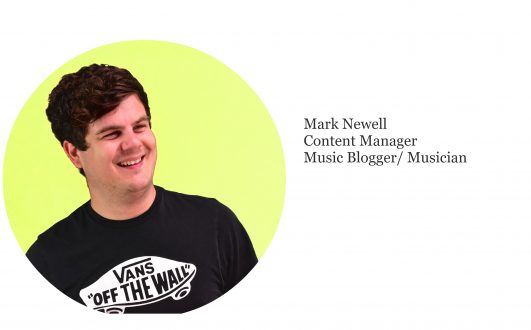Getting Creative with Reverb
22nd June 2017

Reverbs and delays are like the salt and pepper of the music world. They’re pretty much essential and chances are you’ll find them in some shape or form on almost any piece of recorded or produced music. Using reverbs doesn’t have to be as simple and tedious as slapping a plugin on a vocal chain, drowning it in reverb and hoping for the best. Here are some creative tips to help you implement reverb in a more inventive manner.
Duplicate and Bounce
Take a channel you want to heavily effect, duplicate it and drop a reverb on the duplicated channel. Turn the reverb to 100% and tweak the settings (EQ, depth etc.) until you get the desired sound then bounce the track out to audio. You now have a channel that’s saturated in reverb which you can chop up, reverse and resample. This works especially well for intricate breakdowns or glitchy type music. This channel can be used to add depth to vocals and guitars or can be chopped up and used as a totally new element in your track. Get creative!
Drum Buss Sends
Having a send channel set up and linked to your drum buss can add a whole new layer of depth that was perhaps missing from your drums before. Drums are recorded in rooms and are never totally dead regardless of the amount of acoustic treatment there is. Often times this natural reverb is missing from drum busses when producing music. Setting up a small room reverb with a short decay time can really add more body to your drums and help them stand out in your mix. Give those drums the love they deserve.
Automation
Like with anything in music, automating reverb can really breathe a new lease of life into your music. Automating things like the depth or decay time on a reverb plugin can make it come to life and keep things interesting. Using this technique on vocals or guitar can keep the listener engaged by picking up on the subtle nuances being brought out by the constantly changing reverberations it’s producing. Adding a stereo imaging or panning plugin after your reverb (or on the 100% wet track we talked about earlier) can have a similar effect and really make your sound 3D.
Effects Pedal
It’s becoming easier and easier to find great sounding reverb pedals for your guitar or bass. Although you may not see the sense in having a reverb pedal when you’re hammering out power chords with mounds of distortion, they can be more useful than you think. Reverbs, as we’ve said are great tools for adding depth to breakdowns and contrasting with verse and chorus tones. They are also good for changing the way the audience perceives the tone of your guitar. If the venue you’re playing in isn’t purpose built and has shrill reflections a reverb pedal can really smooth off the edges of the harsh tones. Spring reverbs are making a resurgence and can really add a vintage layer of reverb over anything you put through it. Maybe it’s time to consider removing one of the 6 Boss Metal Zone’s on your pedal board and adding in a nice reverb. We won’t tell.
Tension and Release
If you’re involved with music in any way, this is a term you’ll have come across hundreds of times by now. But don’t roll your eyes just yet, because this idea also applies to reverb (or any spacial effect for that matter!) Reverb can be a great tool for adding something new to build ups on vocals, snare builds and everything in between. By gradually increasing the depth or decay time over a period of 8 or 16 bars before a new section you are creating tension. This tension can be released gradually ie. letting the reverb naturally fade out. It can also be released more abruptly. By building reverb up and suddenly cutting it off completely you can really take the listener out of their comfort zone and make them focus on the next section of your track. Definitely something worth experimenting with!
It’s apparent now that there’s more to reverb than meets the eye. If you really focus on any piece of music you’ll be able to hear the ways in which the producer or engineer has implemented reverb to add a new dimension to the track. It’s something that really needs a great deal of experimentation and tweaking to get the desired results. So get creative and never look at a reverb plugin or pedal the same way again!
Until next time,




